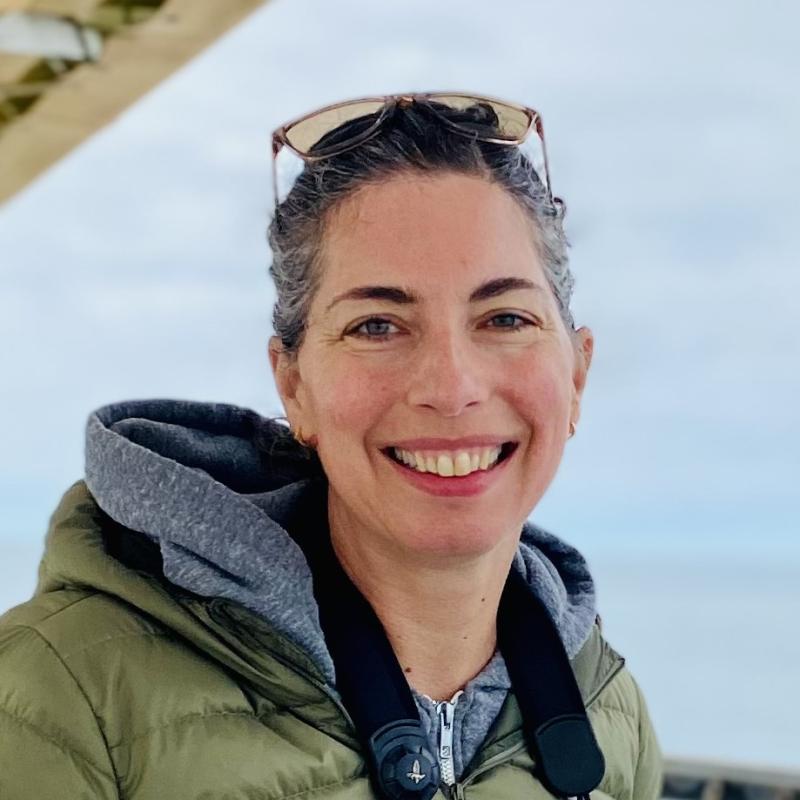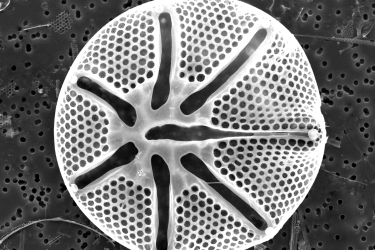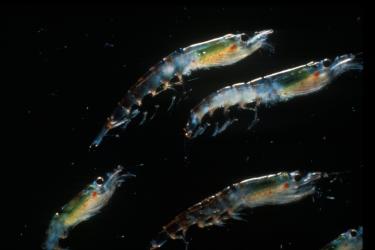By design, the Joint U.S.-Canada Integrated Ecosystem and Pacific Hake Acoustic Trawl Survey moves throughout most of the California Current in search of Pacific hake, with the goal to estimate their biomass. Because the NOAA Research Vessel Bell M. Shimada covers such a vast area of the California Current, there is ample opportunity to observe ocean conditions, forage species including krill, and marine mammals and seabirds. This information can provide important insights into the state of the California Current Ecosystem, and the data is used for many research projects.
While data on ocean conditions and krill biomass are collected in formats that are easily incorporated into scientific analyses (stay tuned for more on these topics in later blog posts), observations of marine birds and mammals have rarely been collected using a standardized approach, which has prevented quantitative analyses of these upper trophic level predators.
In 2021, we began a pilot project to collect standardized counts of marine mammals and seabirds along our transects. We hope to use the data to develop species distribution models of some of the most abundant seabirds and marine mammals, which will inform management and conservation of these protected species. These data will also provide better insights into our observations of general oceanographic conditions, and the distribution of acoustically-detected krill and other forage species.
Collecting Standardized Data on Marine Birds and Mammals
One of the most important requirements to conduct a survey for marine birds and mammals is a clear view of the ocean in front of and around the ship. Generally this means getting as high on the ship as possible, and luckily the Shimada has a large “flying bridge” (an open deck above the bridge) that can accommodate multiple scientists and our survey equipment (not to mention cornhole boards for some at-sea tournaments!). From the flying bridge we have an excellent vantage point to search for seabirds and marine mammals, with an unobstructed view of the ocean (Figure 1). It’s also a nice place to get some fresh air and take a break when the weather is nice.
During this pilot year, we are using the strip transect method to record all of the animals we observe. A fundamental assumption of this method is that everything within the sampling zone, or “strip” is detected. Therefore, the observer must focus their attention on this piece of the ocean so that all animals that come into the area are recorded. For our survey, we are using a strip width of 300 meters on one side of the ship, from the bow to the beam (90 degrees from bow). This allows us to calculate the density of birds or mammals within the sampled area, which can then be applied to that area of the ocean that was not sampled. The strip transect method is not ideal for most marine mammals, because they don’t usually come within 300 meters of our vessel. Therefore, for marine mammal observations we are scanning a broader zone of the ocean, looking for whale blows, splashes, or other signs of marine mammals further away from the vessel.
Although this year is a little different because we couldn’t bring aboard dedicated observers due to COVID limitations, we are grateful that some of the science crew are making observations as time allows (Figure 2). Most of the scientists' at-sea duties are focused on other activities such as working in the acoustics lab to scrutinize echograms, or getting slimy in the wet lab processing trawl samples. We are grateful that these scientists are also willing to head up the flying bridge every now and then to see what seabirds and marine mammals are out there. Stay tuned for their results!




